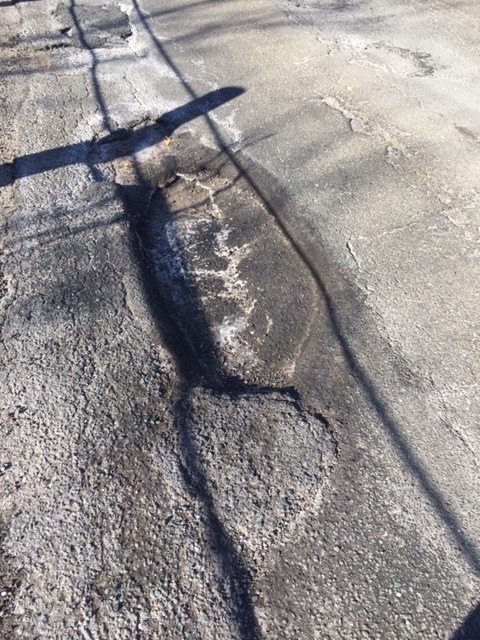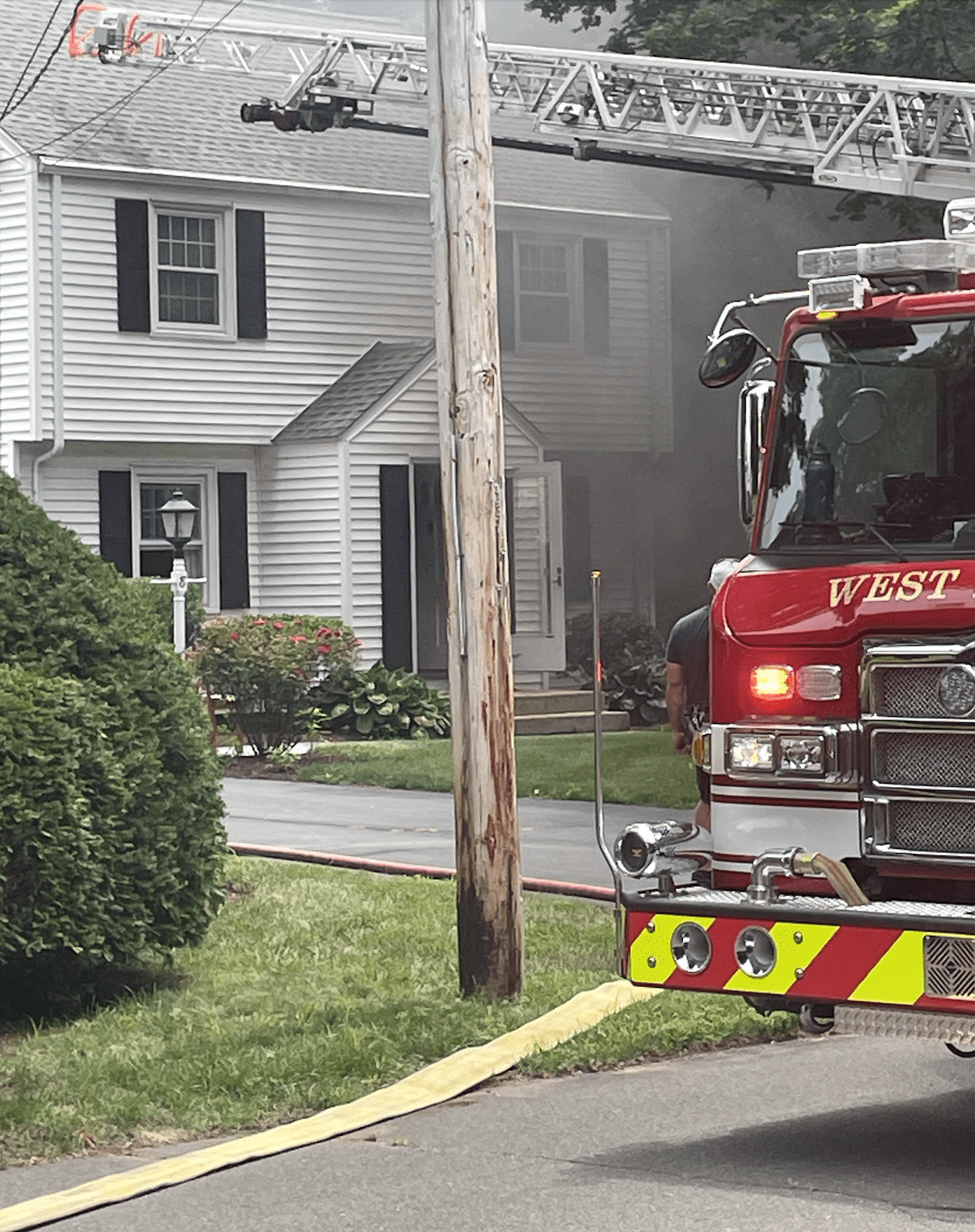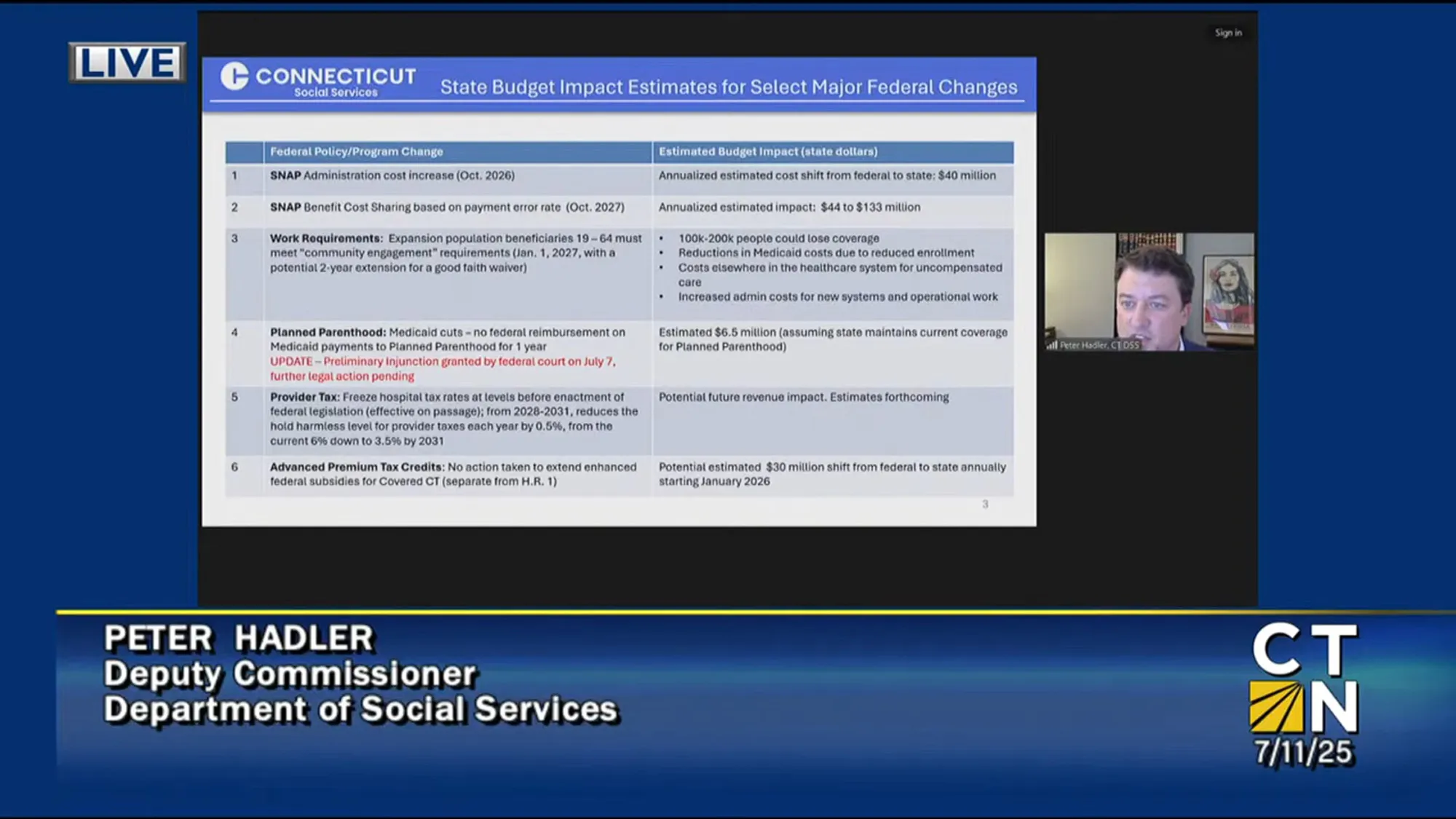AAA Speaks Out: How to Avoid Paying the Price for Potholes

Audio By Carbonatix

Submitted image
This information has been provided by AAA Allied Group, which is headquartered in West Hartford, CT.
By Amy Parmenter, AAA Public and Government Affairs
Extremely cold weather followed by an extreme warming trend paved the way this year for an early “pothole season” across Connecticut, one that could be extremely expensive for drivers.
Previous research from AAA indicates that American drivers spend 3 billion dollars a year repairing damage caused by potholes.
“One vehicle we worked on recently sustained so much damage from a pothole, it had ruined the rim,” says Randy Saly, manager of the new AAA Care Care facility in Southington. “And, making matters worse, like so many cars today, there was no spare tire, so what should have been a quick fix, required a tow instead.”
In some cases, the impact of poor road conditions on vehicles can leave a car owner with repair bills ranging from under $250 to more than $1,000 depending on the extent of the damage, the make of the vehicle and the make of the tires.
Typically, potholes form when moisture collects in small holes and cracks in the road surface. As temperatures rise and fall, the moisture expands and contracts due to freezing and thawing. This breaks up the pavement and, combined with the weight of passing cars, eventually results in the formation of potholes.
Blown tires, dented rims, damaged wheels, dislodged wheel weights, displaced struts, dislocated shock absorbers, and damaged exhaust systems are all are costly common automotive issues caused by potholes.
“It is critical for motorists to be proactive and have their vehicle inspected whenever they suspect damage,” Saly says. “Ignoring the problem could be a costly mistake.”
To aid motorists in protecting their vehicles from pothole damage, AAA recommends the following:
Inspect Tires – The tire is the most important cushion between a car and a pothole. Make sure tires have enough tread and are properly inflated.
Look Ahead – Make a point of checking the road ahead for potholes. An alert driver may have time to avoid potholes, so it’s important to stay focused on the road and limit distractions.
Slow Down – Hitting a pothole at higher speeds greatly increases the chance of damage to tires, wheels, and suspension components.
Beware of Puddles – A puddle of water can disguise a deep pothole. Use care when driving through puddles and treat them as though they may be hiding potholes.
Check Alignment – Hitting a pothole can knock a car’s wheels out of alignment and affect the steering. If a vehicle pulls to the left of right, have the wheel alignment checked by a qualified technician.
Recognize Noises/Vibrations –Any new or unusual noises or vibrations that appear after hitting a pothole should be inspected immediately by a certified technician.
For more on how to prevent serious vehicle damage from potholes, motorists can visit AAA.com.
Like what you see here? Click here to subscribe to We-Ha’s newsletter so you’ll always be in the know about what’s happening in West Hartford!



